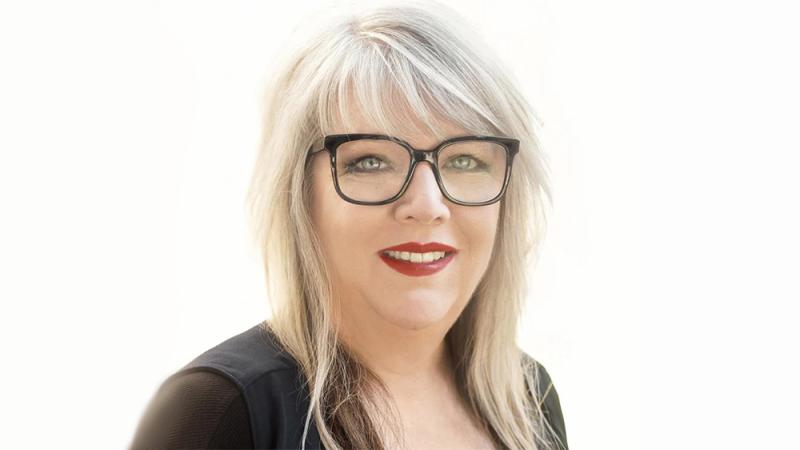Everyone knows the old saying “a picture is worth a thousand words,” but today, it's clear that video is worth a million.
Social media is incredibly effective for stylists and salons to build their brands, market their work, and attract clientele. On social platforms, video is king.
Luckily, it doesn't take much of an investment to create amazing videos, and beauty professionals can start right now by using whatever resources they have. With that said — it's essential to use those resources the right way.
After years of trial and error, learning by doing, and picking up valuable tips from world-class videographers, these are the tried-and-true best practices for video creation that every beauty professional should follow.

Pro Tips For Creating Beauty Videos
Orientation: Film vertically for TikToks, Instagram Reels and stories; film horizontally for YouTube.
When filming for YouTube, leave plenty of room around the subjects so the video can be cropped vertically to share as TikToks or Reels without cutting out important elements.
Stabilize: Use a tripod or phone holder whenever possible. Nobody wants to watch a jumpy video or look at a blurry image.
Environment: Close doors and windows to reduce background noise. If the audience can’t hear clearly, they will skip to the next thing in their feed.
Equipment: Avoid fuzzy captures by cleaning the camera lens with a microfiber cloth. Ensure the phone microphone isn’t covered, or use an external mic. Then, do a test video run to check visual and sound quality.
Background: You want your work to be the star of the shot, not blend into the background. Choose a clean, non-distracting, solid background that doesn’t distract from the main focus.
Opt for black, white, or a color that contrasts well with the hair being showcased. Light hair stands out better against a black background, while dark hair is more visible against a white one.
Lighting: Proper lighting is essential for clarity, so use ring lights or bright lamps. Don't make the mistake of relying solely on normal overhead or room lighting.
Even a mini clip-on ring light for your phone will add that extra pop without breaking the bank.
Models: Use a real person when possible. If using a mannequin, ensure it’s upright and fully in view.
Intro/ Outro: Start and finish strong by speaking directly to the camera for an intro and outro.
Examples would be: “Hi, I’m Teresa and today I’m showing you how to create this look," and conclude with, "Thanks for watching! Tell me in the comments what techniques you'd like me to show you next."
Eyeline: When talking to the camera, look directly at the camera lens — not at the phone screen — to make proper eye contact.
Expertise: Determine your target audience and add value for them by sharing your expertise. Include at least one pro tip or technique that non-professionals probably don't know.

Copy Overlays: Add text overlays and captions to help viewers understand the content immediately.
Show & Tell: Hold tools and products up to the camera when first mentioning them.
Video Length: Keep social videos under one minute. Summarize repeated techniques instead of detailing them again.
Use Video Editing Apps: There are several good ones. Temply, InShot, and VideoLeap are a few to consider to create impactful and clear content.
With budget-friendly equipment and huge social channels, marketing your work and yourself on a professional level is easier than it's ever been.
Remember, practice makes progress! Making videos gets easier and more intuitive the more you do it, and your creativity and skill both in front of and behind the camera will only continue to improve with time.
Teresa Romero is the Creative Director for Sam Villa and Artistic/Education Director for Jose Luis Salon. Find out where she will be teaching and book an in-salon class here.
